Donald Trump is on the brink of becoming the first US president to have been impeached twice, with the House of Representatives beginning a debate on accusations that he incited an insurrection at the US Capitol last week.
No US president has been ousted from office by impeachment, but even the threat can bring one down – Richard Nixon resigned in 1974 to avoid certain removal in the Watergate scandal.
Three presidents have beaten the process: the House formally impeached Andrew Johnson in 1868 and Bill Clinton in 1998, but in both cases they were acquitted in the Senate.
Mr Trump, of course, was the third: the House first voted to impeach him in 2019 after a political scandal over his efforts to get Ukraine to investigate his then-potential 2020 Democratic presidential rival Joe Biden.
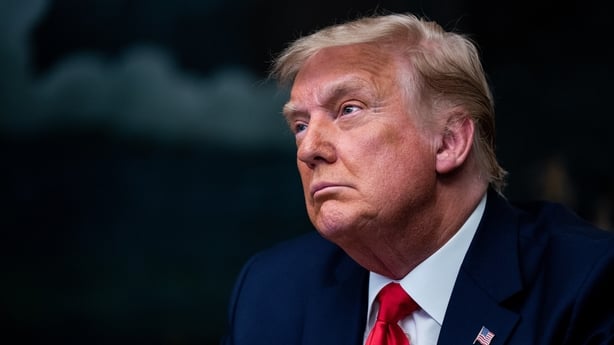
His trial in the Republican-controlled Senate began on 16 January, 2020 – almost exactly one year ago – and he was acquitted.
How does it work?
If politicians believe a president is guilty of what the US Constitution calls “treason, bribery, or other high crimes and misdemeanors”, the process begins in the House of Representatives.
Any member can introduce an impeachment resolution which, like any other bill, is sent to a committee. The process can be also be started without a resolution, as with the current impeachment inquiry.
The committee can review the evidence it receives, or carry out an investigation itself. If the evidence is strong enough, the committee crafts articles of impeachment – the political equivalent of criminal charges – and sends them to the full House.
The House can pass the articles by a simple majority vote, “impeaching” the president.
The articles then go to the Senate, where a trial takes place, with representatives from the House acting as prosecutors and the president and his attorneys presenting his defence.
The chief justice of the US Supreme Court presides over the trial in the Senate.
The 100-member Senate then votes on the charges, with a two-thirds majority necessary to convict and remove the president.
If the president is convicted, the vice president then takes over the White House.
What kind of charges do presidents face?
The accusations have to meet the constitutional standard of “high crimes or misdemeanors”.
In the cases of Bill Clinton and Richard Nixon, independent prosecutors amassed evidence to support criminal charges.
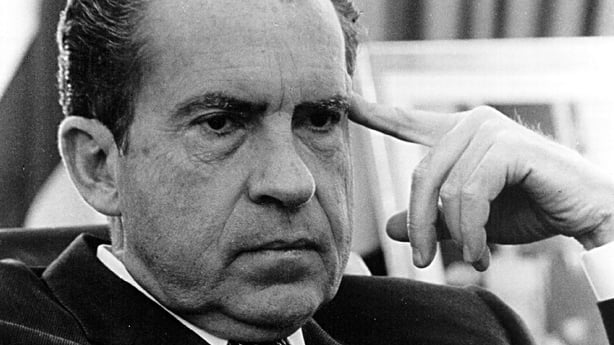
Mr Nixon was accused of obstruction of justice, abuse of power and contempt.
Mr Clinton, in the Monica Lewinsky scandal, was accused of perjury and obstruction.
Mr Trump faced two articles of impeachment last year.
The first, abuse of power, said he wielded the authority of his office to solicit the interference of a foreign government, Ukraine, in the 2020 presidential election.
The second, obstruction of Congress, was based on his refusal to abide by congressional subpoenas mandating testimony from his aides and production of documents.
This time, Democrats have introduced a single article: incitement of insurrection, after Mr Trump’s speech to supporters who then stormed the US Capitol on 6 January during the formal certification of Joe Biden’s election victory. The riot left five people dead.
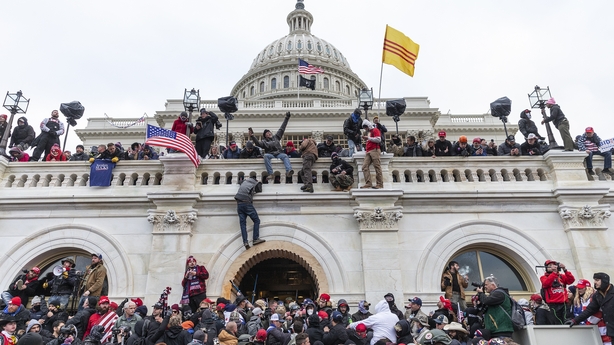
Mr Trump insists the election was stolen from him through fraud, and had called on lawmakers to refuse to certify Mr Biden’s victory.
Is it about law or politics?
The charge of “high crimes and misdemeanors” covers allegations of a range of misconduct – not just violations of the criminal code.
Going on holiday for a year, for example, is not illegal but would likely lead to a president’s impeachment for failing to discharge his duties under the constitution. And although strong evidence is required, the impeachment process is political in nature, not criminal.
In past impeachments, support and opposition ran along party lines, though in Mr Nixon’s case the offences were so egregious that Republican backing for him disintegrated.
In Democrat Bill Clinton’s case, Republicans controlled the entire Congress. But when impeachment charges went to the Senate, the 45 Democratic senators stayed united to block a two-thirds vote for conviction.
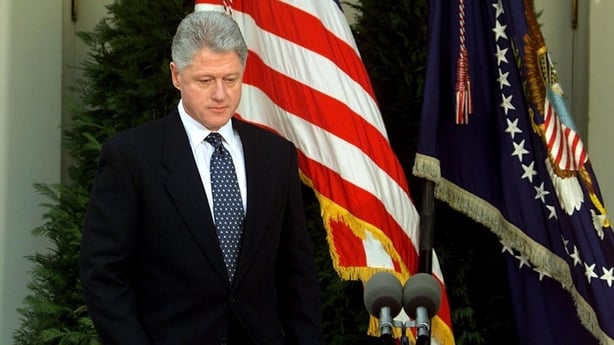
The first time Mr Trump was impeached the votes broke largely along party lines.
This time, Democrats are furious at his undermining of the election process and his support for the rioters who rampaged through the Capitol.
Crucially, this time, they are not alone.
Several Republicans have already stated they, too, will vote for impeachment, and top House Republican Kevin McCarthy said members would not be required to toe the party line on the vote – a significant weakening of support for Mr Trump.
If the House impeaches, Senate majority leader Mitch McConnell has made clear that there is no time for a trial before the 20 January change in presidency because the Senate is in recess until 19 January.
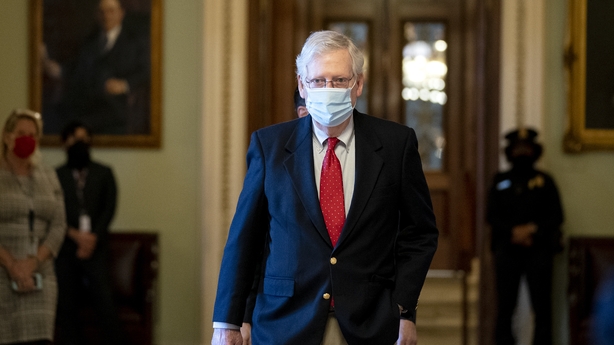
However, Mr McConnell has reportedly signalled that he believes Mr Trump did commit impeachable offences and welcomes the process.
This could shift the ground under President Trump’s feet. Mr McConnell could in theory call the Senate back for an emergency session, or encourage his senators to join Democrats in convicting Mr Trump, even after Mr Biden assumes office.
